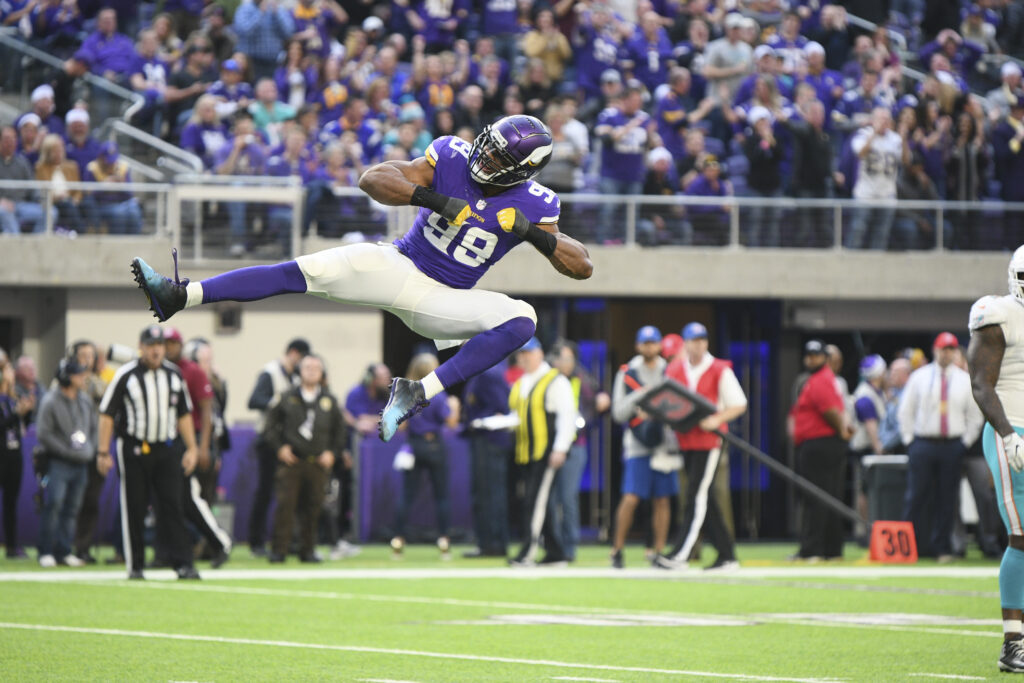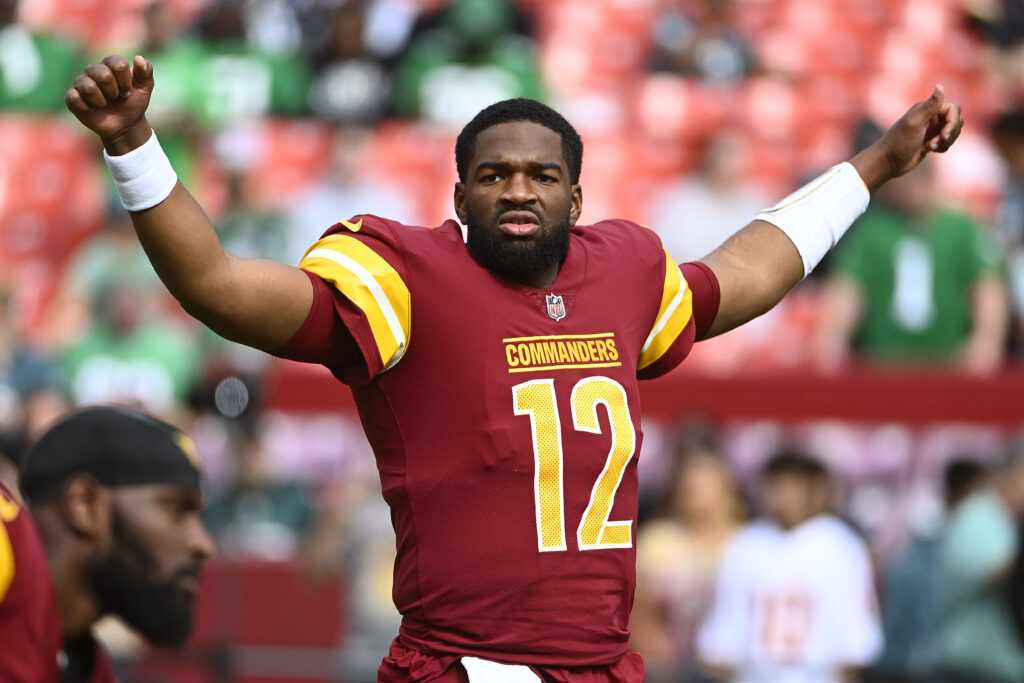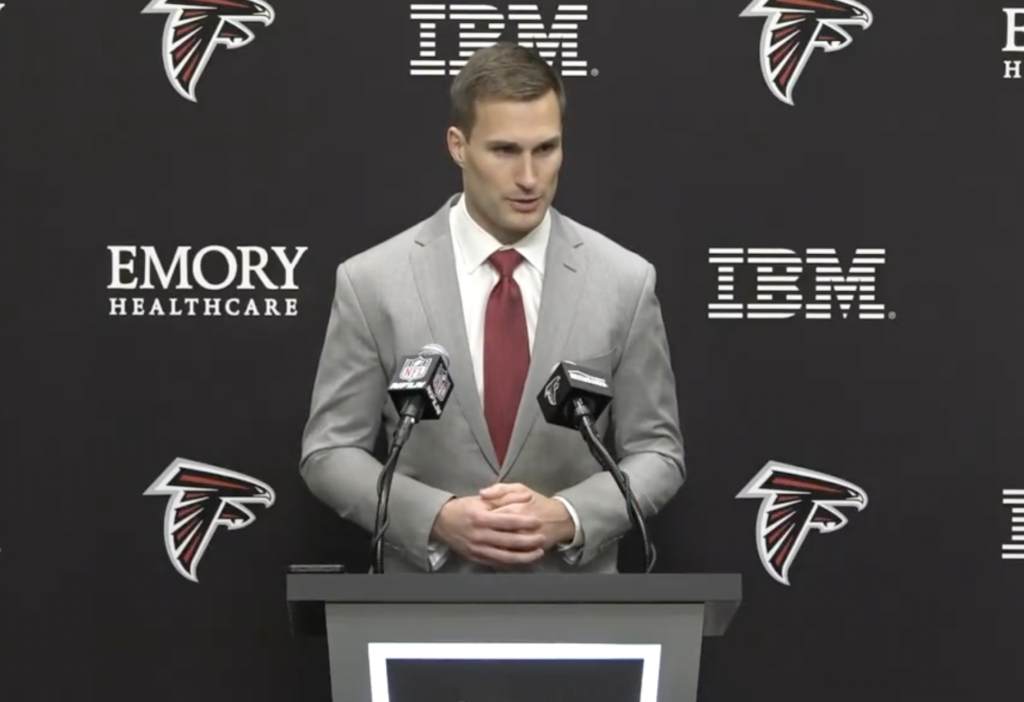
In the summer of 2018, the Minnesota Vikings had several impending free agents that needed to work out new contracts. After signing Eric Kendricks in the spring, the Vikings turned their attention to Danielle Hunter and a five-year, $72 million extension locked up their promising edge rusher.
The deal seemed great at the time for Hunter, who collected 25.5 sacks in his first three seasons in the league, but with a slew of big contracts for fellow edge rushers, Hunter has become one of the most underpaid players in the NFL.
The rising cost of edge rushers was on full display this past week when the Kansas City Chiefs somehow found the money after paying Patrick Mahomes to give Chris Jones a four-year, $80 million contract extension.
That massive deal was just the tip of the iceberg as the Cleveland Browns came to terms with Myles Garrett on a five-year, $125 million contract that features $100 million in guaranteed money.
These deals were a continuation of a trend from the past couple of offseasons as the signed Demarcus Lawrence to a five-year, $105 million contract with $48 million guaranteed prior to last season and the Chicago Bears unloaded a slew of draft picks before giving Khalil Mack a six-year, $140 million contract with $98 million guaranteed.
Such is to be expected with any contract in the NFL, but in Hunter’s case, it’s more mind-blowing considering there’s an argument he’s better than all of those players.
Last October, Hunter became the player with the most career sacks before turning 25. A handful of weeks later, Hunter became the youngest player in NFL history to reach 50 career sacks. With those numbers alone, it’s safe to say Hunter’s extension was a wise investment.
But when you compare Hunter to the highest-paid defensive ends, that’s where things begin to get lopsided in his favor.

Some of the numbers will be skewed with missed games (Garrett with six and Jones with three), but Hunter clobbers the field in Pro Football Focus’ pass-rushing metrics. That thought alone is scary, but so is the chance that Hunter could be better in 2020.
The Vikings lost Linval Joseph and Everson Griffen, but both players were sitting on the wrong side of 30. Even in the slim chance that Griffen doesn’t have a change of heart to return, the Vikings upgraded in the middle with the signing of Michael Pierce and the promotion of Ifeadi Odenigbo.
If Pierce can create more penetration in the middle and Odenigbo can replace Griffen in sack production, there should be more bodies along the defensive line to worry about. That would take pressure on Hunter who could even be more effective.
If Hunter continues at this pace, he should be in line to sit down for negotiations next offseason despite having three years remaining on his current deal. The Vikings did a similar practice prior to giving Griffen a four-year extension in 2017 and Hunter will have certainly deserved it.
The question is if the Vikings have the cap space to make something like this happen. Minnesota currently is $17.9 million under the salary cap in 2021, but that could change if the NFL decides to lower the salary cap due to lack of revenue in the COVID impacted 2020 season.
If both sides are honest, Hunter has the case to become one of the highest-paid edge rushers and even players in the league. If the Vikings are smart, this should be a matter of when, not if, it happens.










